Why Your Houseplants Are Screaming (Sort of)
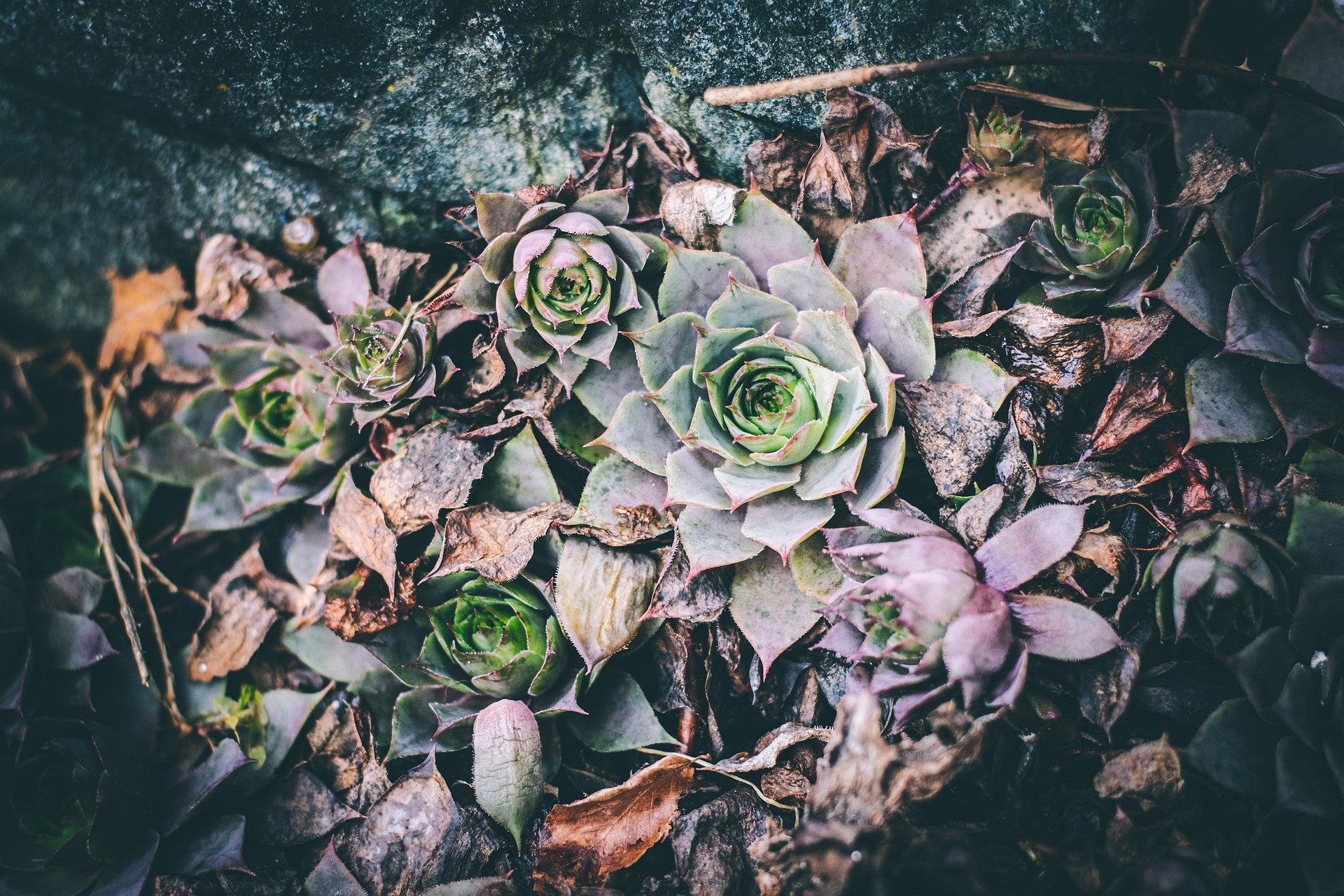

You’ve probably forgotten to water a plant, then walked past it days later and thought, “Yikes.” Turns out, it might’ve been trying to get your attention. Not with words, but with tiny sounds you can’t hear.
Researchers found that stressed plants, such as those that are extremely thirsty or have been snipped, actually release small noises into the air. So, your houseplant might not be silently suffering after all. It might be sending out tiny distress calls right under your nose.
Plants Can Now Talk
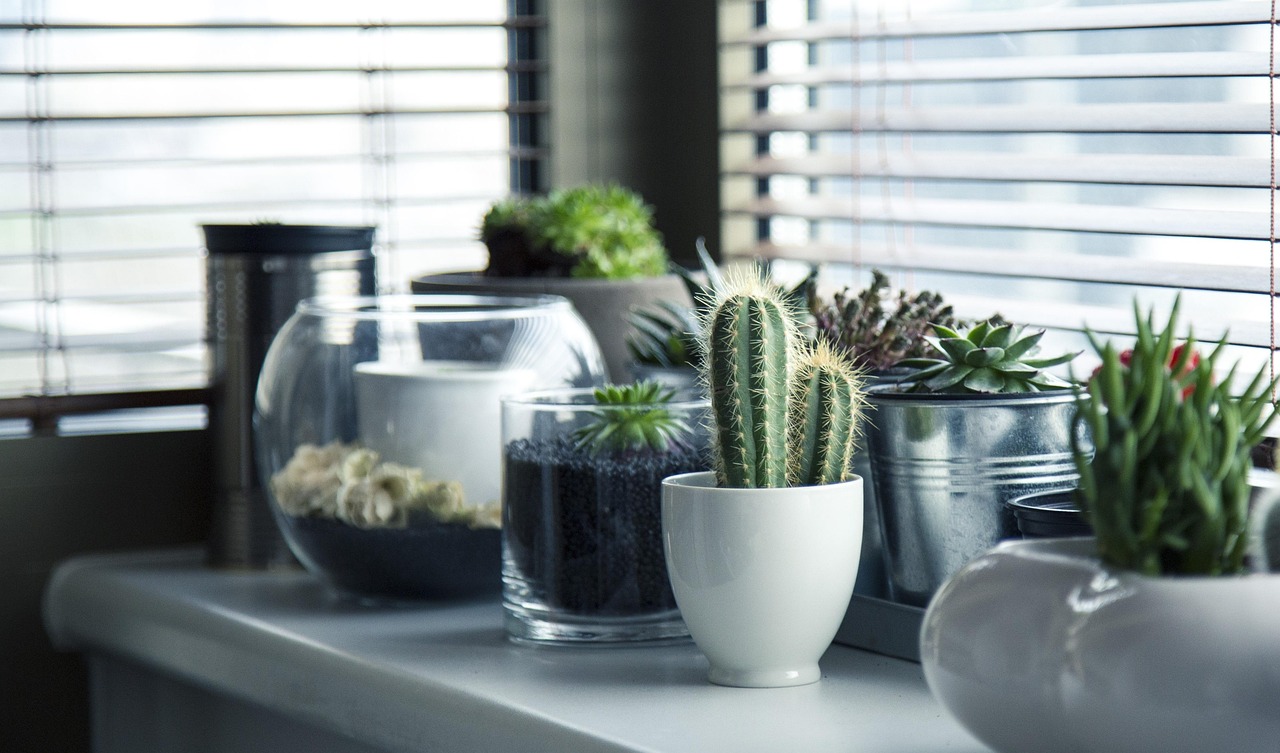
So here’s the wild part—plants can actually make sounds. Not the kind you or I can hear, but still. When they’re stressed, like when they’re dry or snipped, they release tiny pops into the air. Scientists picked up on these noises using special equipment.
It’s kind of like eavesdropping on a plant having a rough day. So next time your pothos looks sad, it might be doing more than drooping. It might be sounding the alarm, just really, really quietly.
Can We Hear Them Scream?
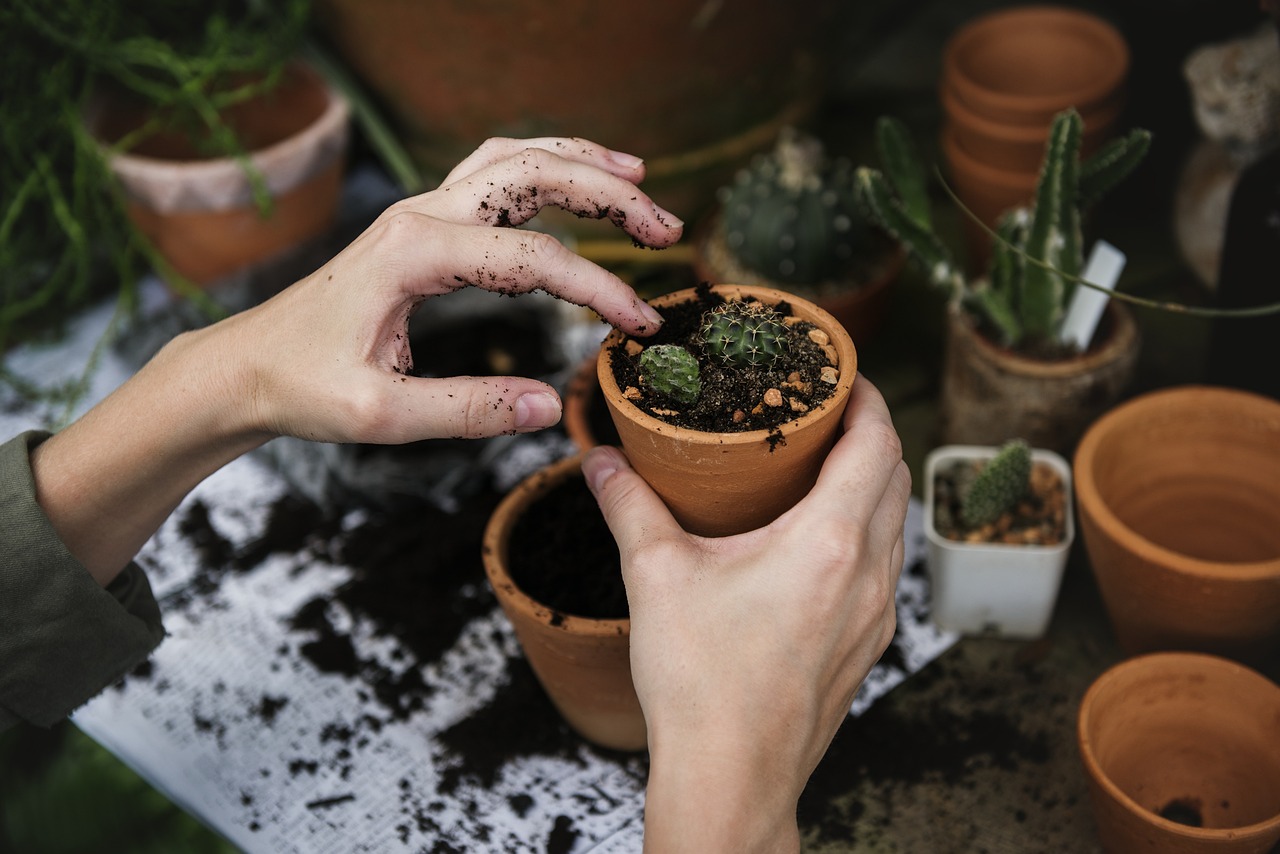
So yes, plants do make sounds—but they’re way above what we can hear. Researchers recorded clicks in the 20 to 100 kilohertz range, which is well past human hearing. Tomato and tobacco plants were the main focus, but others like grapevine and wheat did it too. The sounds came out when the plants were stressed. Dry soil? Snipped stem? They made noise. You won’t hear it yourself, but the signals are definitely there.
Stressed Plants Make More Noise
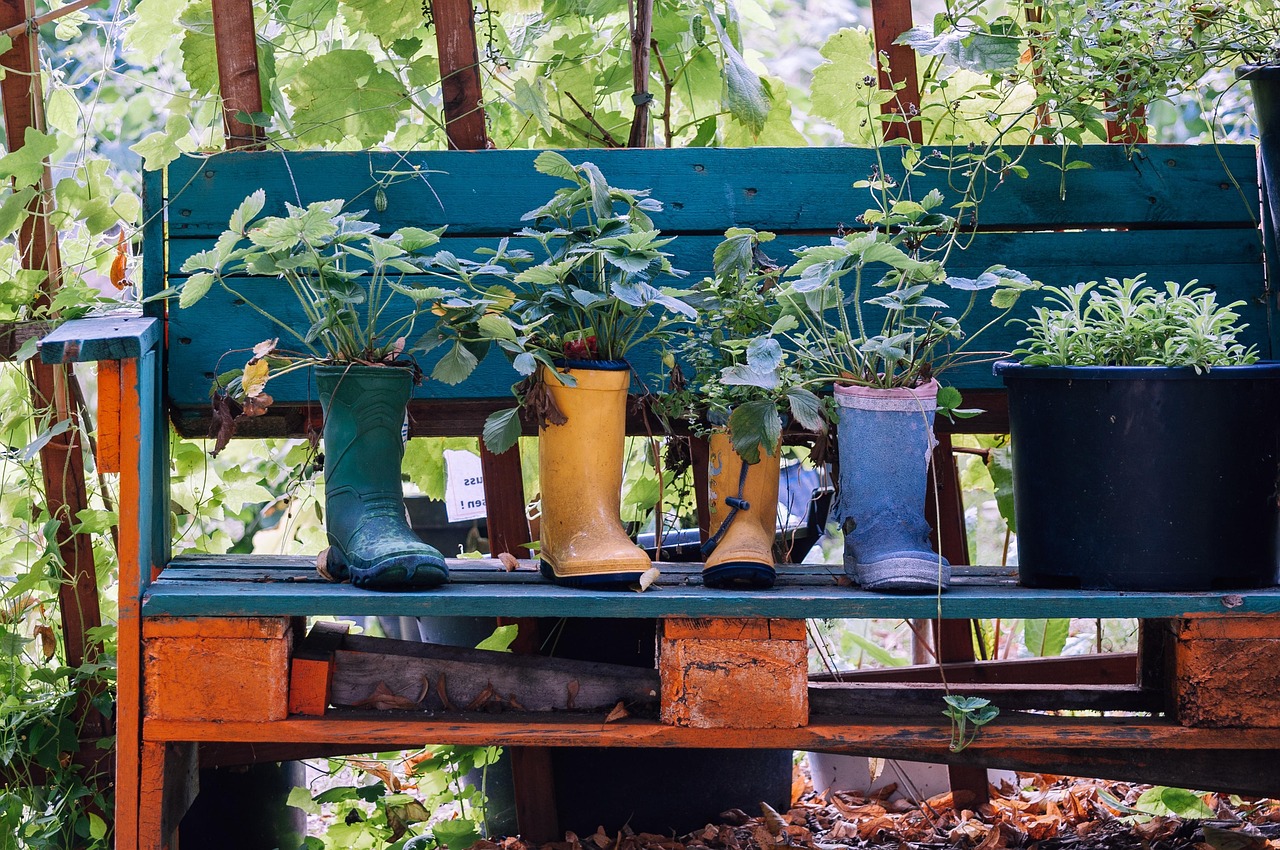
Stressed plants are way noisier than healthy ones. Researchers recorded plants that were either drying out or had been recently cut. Those made significantly more ultrasonic pops than plants left alone.
The drier the soil got, the more sounds the plants made—until they dried out too much and stopped. One recording was even adjusted so humans could hear it, and it sounded like a faint popping noise.
Sounds Vary by Plant and Stress Type

Plants don’t all sound the same when stressed. Cut tomato plants made about 25 pops an hour, while tobacco plants made fewer. Dry tomatoes also hit around 25 sounds per hour, but dry tobacco dropped to 11.
Researchers even used those differences to train an algorithm. It could tell which plant was making the noise and what kind of stress it faced with 70 percent accuracy. So, plants have their own unique “stress signatures,” you might say.
Cause of the Scream

The likely cause of those plant sounds is something called cavitation. It happens when air bubbles form and burst inside the plant’s water tubes. Drought or cutting changes how water moves through the stem, triggering these tiny bursts.
The sounds aren’t random. Machines learned to identify the plant type and stress just from these noises. Whether plants use these sounds to “talk” to each other or their surroundings is still unclear, but the idea is pretty fascinating.
Are Plants Crying?

Thinking about plants “crying” when thirsty or cut might feel a little unsettling. The sounds originate from air bubbles popping inside the plant’s water-conducting tubes, known as xylem. It’s similar to how joints can pop or creak when you move or stand up.
Those noises don’t mean pain, just a natural reaction to stress. Plants don’t feel pain like animals, so the sounds are more like a byproduct of how their water system works.
How Could Plant Sounds Be Useful?
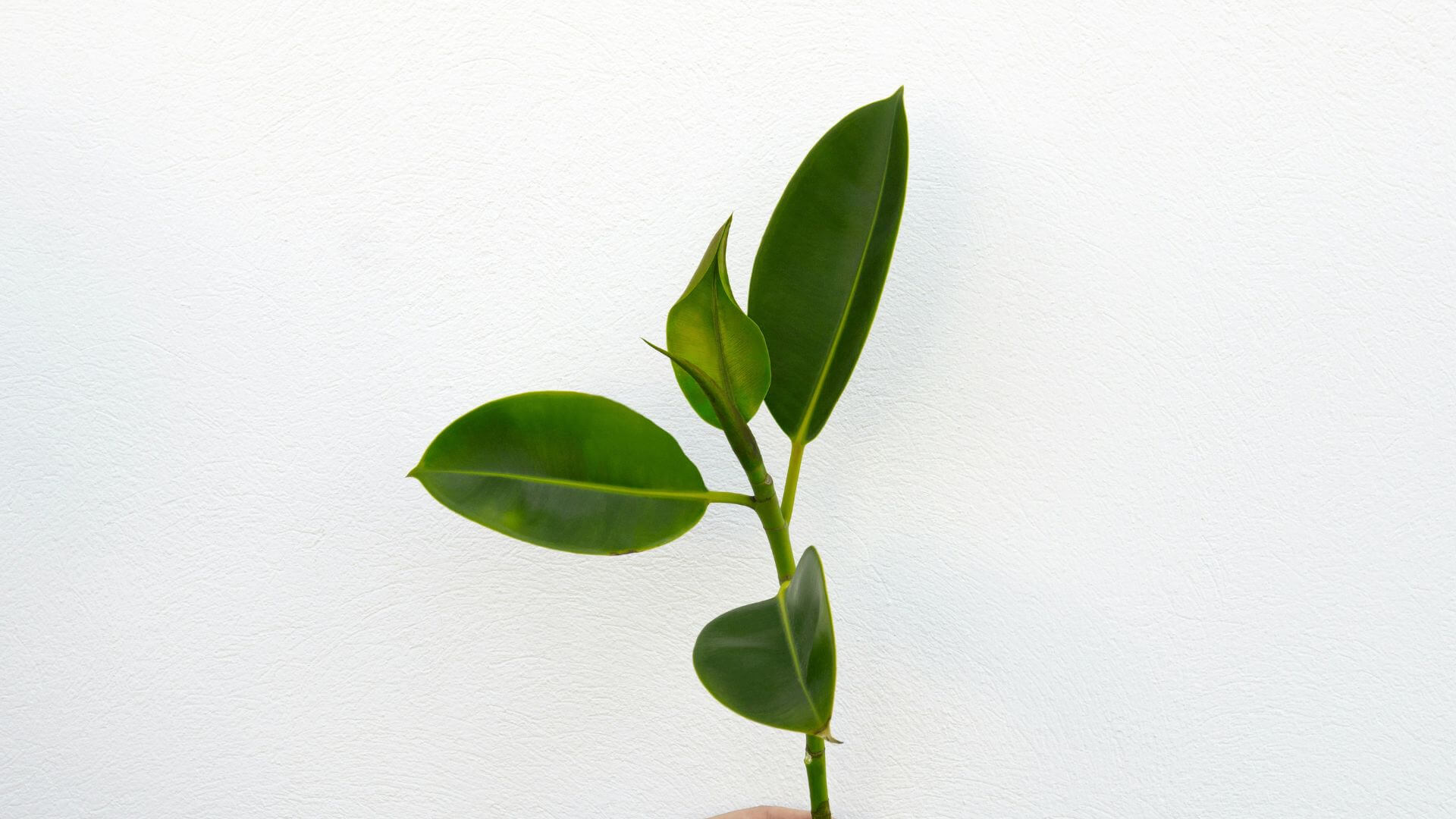
Plant sounds might offer useful clues about their health. Some animals, like moths, can hear these ultrasonic signals and might use them to find plants in certain conditions.
There’s also potential for farmers to monitor crops by listening for stress sounds. That could help adjust watering or care more precisely, saving resources and reducing waste. Using sound this way could bring smarter ways to manage plants and grow food more efficiently in the future.
What Plants Are Trying to Tell Us

Plants produce sounds that reveal their condition. Researchers found they can tell dehydration apart from damage just by listening. This could help farmers water crops more precisely, reducing waste.
Different plants produce distinct sounds, making it easier to identify their specific needs. While plants don’t actually scream, these findings show they communicate in surprising ways. Paying attention to these signals could change how we care for plants and grow food in the future.